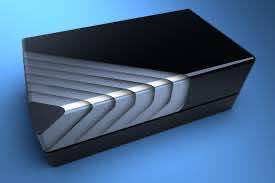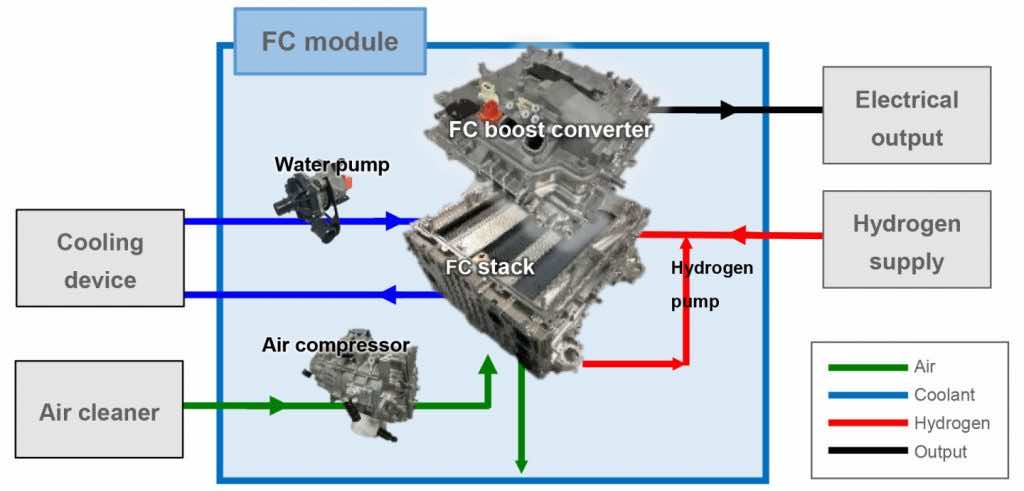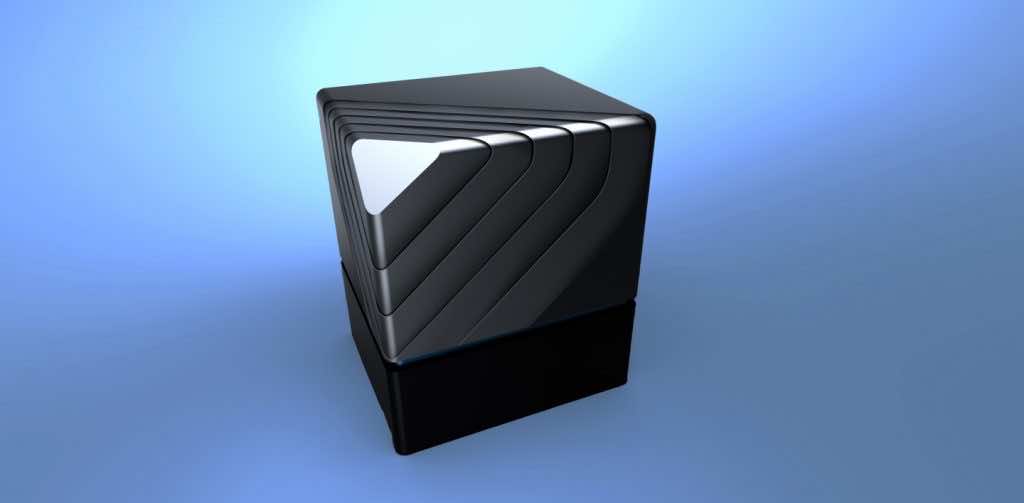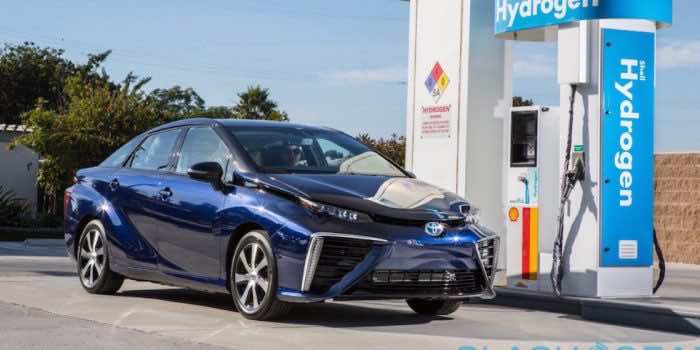Toyota has announced its plans to manufacture a product that will package fuel cell (FC) into a compact module, essentially like a ‘crate,’ which will be not only handy but also one-for-all.
The FC Modules will be designed to be easily integrated into a variety of applications, including automobiles, ships, and generators. Fuel cells use a fuel source, in this case – hydrogen, to generate electricity. They may work like batteries but do not require recharging and generate electricity as long as fuel is provided.

These cells are essential for hydrogen-powered electric vehicles and aircraft. Thus, they provide Toyota with an already well-established market with substantial potential for utilization, for its soon-to-be-launched product, by companies that produce FC products. Being one of the very few companies that produce hydrogen FCs at large, Toyota’s prospects of a viable market for this product look bright.
While taking this step in making developments outside its own product lineup, Toyota has upheld its carbon neutrality commitment. Like other automobile giants, like Kia and Hyundai from Asia, Toyota is heavily invested in hydrogen energy. Its development of hydrogen FC modules is also in line with Japan’s government’s commitment to progress towards a clean carbon-neutral energy economy.

As announced by Toyota, two types of modules will be available, differentiated by shape – horizontal and vertical. In both shapes, the product claims to be highly versatile, particularly concerning its installability. Each module will operate at a voltage range between 400 V and 750 V and can be directly connected to an existing electrical instrument provided with a motor/inverter or routed through a battery buffer.
It weighs from 240 to 250 kg, each type of module will come in 60 or 80 kW models. Even more conveniently, the different models of Toyota’s FC module can be combined as per the requirement of an application, depending upon the installation space, and thus providing flexible output levels as required.

Building on the compact Toyota FC system’s features, Toyota claims to have achieved a “world-class, top-level output density per unit volume” in the shape of this new module.


